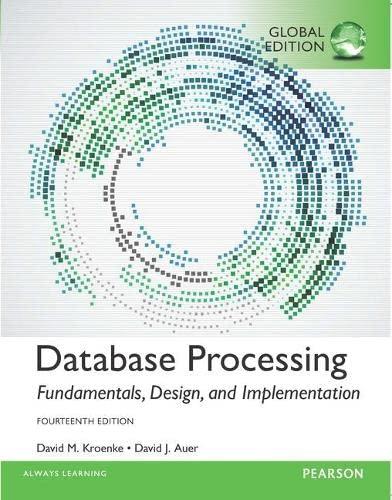Answered step by step
Verified Expert Solution
Question
1 Approved Answer
There is a string of length N made only of letters a . Whenever there are two identical adjacent letters ( e .
There is a string of length N made only of letters a Whenever there are two identical adjacent letters egaa they can be transformed into a single letter that is the next letter of the alphabet. For example, aa can be transformed into b and ee into f However, zz cannot be further transformed.
What is the alphabetically largest string that can be obtained from the initial string?
Examples:
Given N the function should return "aba". The initial string
"aaaaaaaaaaa" can be transformed in the following manner:
'aaaaaaaaaaa" "bbbbba" ccba"
"dba"
Given N the function should return a The initial string a
cannot be transformed in any way.
Given N the function should return zzdc
Write an efficient algorithm for the following assumptions:
N is an integer within the range
Step by Step Solution
There are 3 Steps involved in it
Step: 1

Get Instant Access to Expert-Tailored Solutions
See step-by-step solutions with expert insights and AI powered tools for academic success
Step: 2

Step: 3

Ace Your Homework with AI
Get the answers you need in no time with our AI-driven, step-by-step assistance
Get Started


